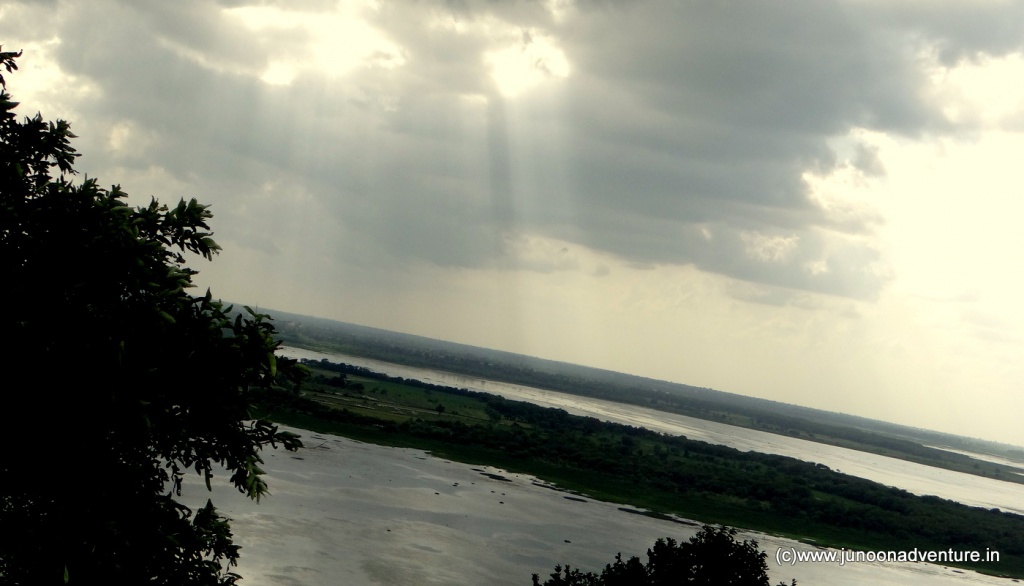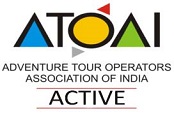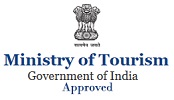We call it the ‘Mendhak (मेंढक) Syndrome’: that undeniable urge to be near a water body as soon the first whiff of monsoon hits us. What is it about Bhopalis? As soon as the ‘barsaat ka mausam’ begins to take over, our inner “Mendhak” springs into action and we scramble to grab our bikes/cars, get our gang of friends together and head over to one of the water bodies near Bhopal. And of course, the Upper Lake, Bhadbhada Dam and Kaliyasot Dam happen to be THE ALL TIME FAVORITE haunts for all the saavan-stricken Bhopalis who just love cruising along the winding lanes ahead of Excellence College and enjoying the full-blown monsoon-beauty of the place.
With the monsoon on the verge of returning, ‘Bhopali Mendhaks’ would soon be flocking these amazing spots that are a must visit in monsoon near Bhopal. Soon the question “Bada Talaab kitna bhara?” will become a topic of discussion in every household. From the barrage of Kaliyasot Dam to the drive along its river channel to Bhadbhada dam’s wonderful scenery and, of course, Upper Lake’s majesty – soon they will all come alive as the rains hit Bhopal.
But take a moment and think – how well do you actually know these places? Are you aware of the significance of Kaliyasot River? Do you know about the history of Bhopal Lake? Honestly speaking, even some of the most hard-core Bhopalis – people who have been citizens of this great city for generations – have little idea about the Upper Lake, water bodies of Bhopal and the enigma that is the Kaliyasot River.
Let’s dive into this glorious chapter from history to understand the true origins of our Upper Lake, the Kaliyasot River and a tragic tale that spans across centuries in time.
The tale of Raja Bhoj and his construction of the Bhojpur Dam is known to many. The Parmar King of old was once stricken by an unbearable skin disease that the doctors and healers of his court were failing to cure. Helpless and devoid of hope, Raja Bhoj sought solace and guidance from a mystical saint of the time. The saint, however, provided a very grim prediction:
Raja Bhoj would eventually die of this illness that is slowly taking over his body. The only way to prevent this from happening is if the king is able to construct a lake that is fed by 365 streams or springs. Only by bathing in this lake can the king’s life be saved and his illness cured. This lake will usher in the golden era of his reign.
Following this prophecy, Raja Bhoj sent out teams of skilled engineers from his court to map out every nook and corner of the Vindhyachal Range in hopes of finding a place where such a lake could be created.
The feasibility reports presented by his court engineers talked of a vast triangular valley – the same land that we have now come to know as Bhojpur. The valley was naturally blocked by huge hills from all sides but two. To enclose these outlets, Raja Bhoj initiated a project of creating cyclopean dams of a massive scale. The valley which was fed by the headwaters of River Betwa and its tributaries was closed and a humongous lake was created in the process.
Even after successfully creating an engineering marvel that was centuries ahead of its time, Raja Bhoj’s ultimate goal was incomplete. The lake he had created was being fed by numerous forest streams, underground springs and Betwa’s major tributaries. But the total count he wanted was short by 9. His engineers could only get waters from 356 sources.
His mission was incomplete…
When it comes to knowledge of the land, you simply cannot beat the tribal people. Kalia – a Gond Commander of the time, came forward and helped Raja Bhoj with his inherent know-how of the area’s geography. He pointed out the missing river, which, combined with its 8 tributaries, could be turned to meet the Betwa near Bhojpur. The added waters from these 9 streams combined with the 356 enclosed earlier would form the gigantic man-made lake that held the healing powers that Raja Bhoj so desperately craved.
To make it happen, the engineers from Raja Bhoj’s court turned the waters of the Kaliyasot River at a 90 degree angle from its natural course. This allowed the Kaliyasot to feed the Betwa Valley, thus adding the waters of its 9 streams to the massive lake.
Kaliyasot or Kaliya’s River, still carries the name of the famous Gond Commander who came to the aid of Raja Bhoj in his time of need.
Archaeological and historical evidence suggests the existence of a huge lake, over 65000 ha. in area, during the 11th century. This massive, unbroken sheet of water had many islands across its expanse and was as much as 30mts deep in many places. Naturally surrounded by hills on all sides and being retained by Bhoj’s dams and retaining walls, this lake was one of the largest man-made water bodies in the Indian Peninsula during that time.
Source: SCHOLAR-EMPEROR AND A FUNERARY TEMPLE – ELEVENTH CENTURY BHOJPUR by Kirit Mankodi
Hoshang Shah was named the Governor of Malwa by the Tughlaq Sultans in Delhi around the early 1400s. His army cut across the lesser dams of this lake, thereby emptying it and ending the centuries old legacy of Raja Bhoj. The remains of the destruction caused by Hoshangshah’s armies can still be witnessed at Mendua near the Shiva Temple of Bhojpur. Ancient stories and Gond Folklore suggest that it took nearly three months for the destruction of this dam and another three months for the lake to completely drain out of its enclosure. The land left behind as a result was fertile yet marshy, and was uninhabitable for the next thirty years. The Dam across the Betwa was then destroyed by these armies, thus bringing the existence of this ancient engineering marvel to a jarring end.
The embankment created during Raja Bhoj’s time can still be seen in Bhopal near Kamla Park. Our beloved Upper Lake happens to be a constricted reminder of its magnificent and expansive past during the Parmar rule. These historical evidences are all available in plain view, however, their true significance is often lost on people who aren’t aware of their true origins and tragic past.
So the next time you head out to Upper Lake, Bhojpur or Kaliyasot Dam with your friends for a rainy day picnic or a trek in Bhopal, remember this history of Bhopal Lakes – the tragic yet wonderful past of the land whose natural beauty leaves you awestruck every monsoon.
Mishi Bhatnagar, is an event coordinator and travel writer with Junoon, with a penchant for exploring unique locations and learning about their culture, history and folklore. She describes herself as a legal expert by profession (unfortunately 😦 ), a travel writer by passion and a lifetime patient of an incurable disease known as “being bitten by the Travel-Keeda“.



